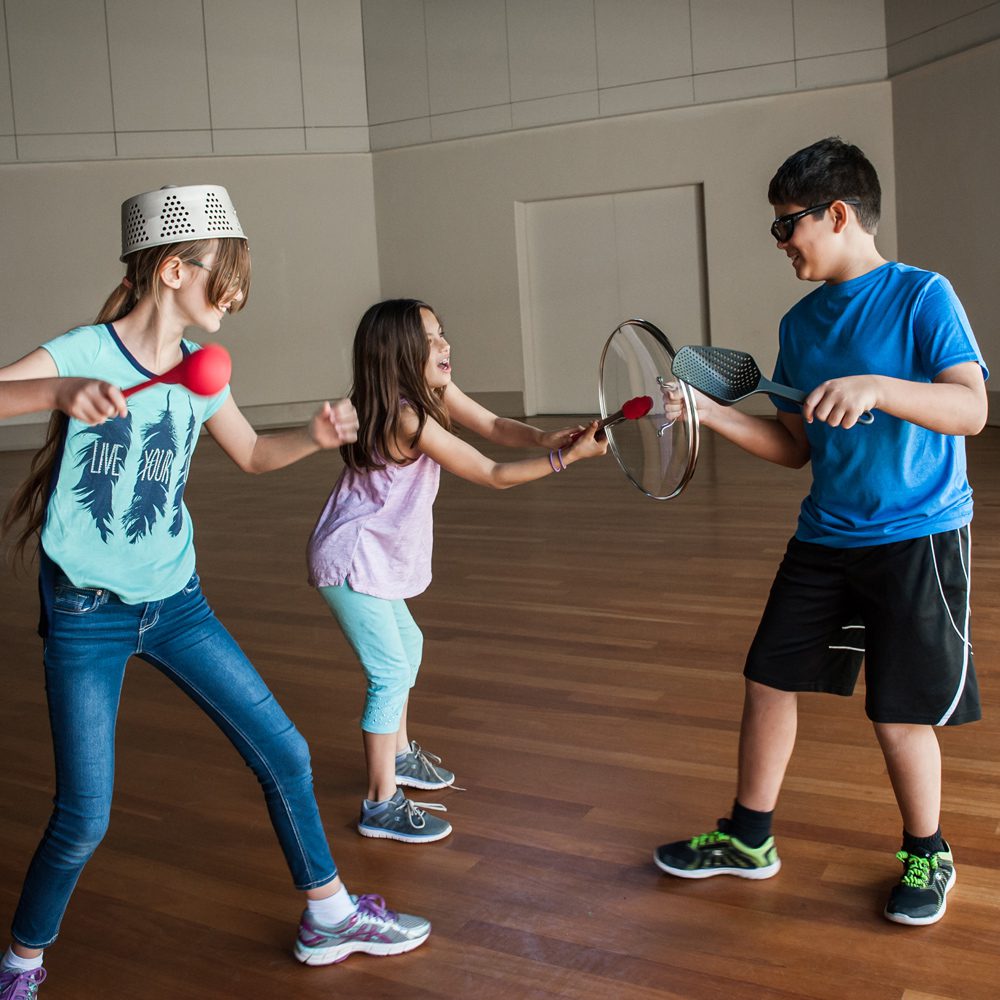
Children use everyday objects from around the house as props in an impromptu short play! This group activity encourages creativity through improvisation and quick thinking.
Materials Required
- Household objects (such as a hat, an umbrella, a toy, a candle, makeup, etc.)
- Shopping bag
Instructions
- Pass out a shopping bag to each person. Individually, search around the house for three or more objects and place them in the bag. Pick items that are different from each other. For example, don’t grab a pie tin and a cake pan, they are too similar. Set a time limit to gather these materials.
- At the end of the time limit gather as a group. Exchange bags with another player.
- As a group, pick a player to go first. The first player must use the props in the bag to create a short play on the spot.
- When the first player is done, the next player takes a turn using the props in their bag to make up a short play with the materials.
- Continue until each player has a chance to act!
Additional Tips
Try these add-on activities:
- At the end of the game, choose three new items from around the house and start again.
- Have two players create a play together using their combined props.
Links to Research
This activity draws on one of the most exciting forms of creativity, improvisation. We can make things up by ourselves, but it can be amazingly fun when a group of people collaborate. In fact, group creativity can be enhanced through improvisation exercises. We can really learn a lot about each other when we collaborate, especially when the surprise of improvisation keeps us on our toes!
Supporting research includes:
Lemons, G. (2005). When the horse drinks: Enhancing everyday creativity using elements of improvisation. Creativity Research Journal, 17(1), 25-36.
Sawyer, R. K. (2014). Group creativity: Music, theater, collaboration. New York: Psychology Press.





